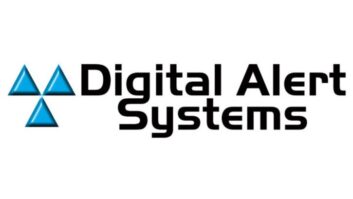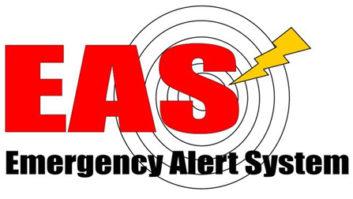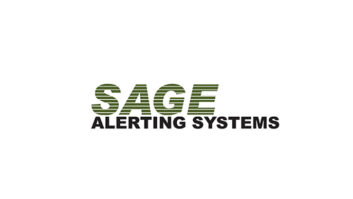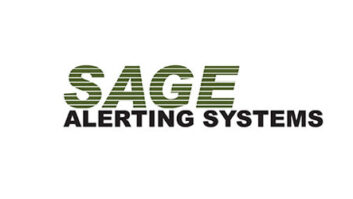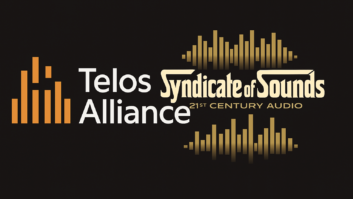The National Association of Broadcasters said it has nearly unanimous industry support for its proposal to allow EAS participants to use software-based encoder/decoder technology instead of a hardware device to process alert messages.
But in the NAB’s reply filed with the FCC, the lone dissenting voice in its original comments, Digital Alert Systems, is singled out for “filing 46 pages of overblown concerns that are clearly intended to portray NAB’s proposal as impossibly complicated and burdensome.”
The NAB called DAS’ claim that its software-based proposal is premature “ludicrous,” warning that such comments could delay the commission’s progress on an EAS solution.
We reported on DAS’ filing to the FCC earlier this month.
The NAB’s comments are part of its follow-up on its original petition for rulemaking being considered by the commission.
Industry stakeholder support
The NAB said it has support from all corners of the EAS ecosystem, including commercial and noncommercial radio broadcasters, the Society of Broadcast Engineers and Sage Alerting Systems, which has provided EAS systems and services for more than 30 years.
[Read more coverage of the comments about this issue, pro and con.]
“DAS’ self-interest is even more pronounced when compared to Sage’s willingness to tackle the technical challenges that NAB’s proposal may raise,” the association wrote.
Voluntary use of software alternatives would enhance EAS security and robustness, NAB believes. Currently, the Part 11 rules mandate the use of a physical hardware EAS device that meets certain audio, data and environmental requirements.
NAB said it first approached Sage and DAS in 2021 to discuss the concert of software-based ENDEC, but only Sage engaged constructively.
Software-based concerns are exaggerated
NAB argued that “doomsday warnings” in DAS’ comments — including the manufacturer’s concerns over cybersecurity and FCC oversight — “should be taken with a large grain of salt.”
It said that DAS’ alternative proposal would still require EAS participants to purchase, house and maintain separate legacy physical devices that are cumbersome, and expensive to integrate in modern ecosystems.
“With all due respect for DAS’ expertise in emergency alert processing, NAB submits that the commission should rely more heavily on EAS participants’ familiarity with their own system architecture for guidance on whether a software-based ENDEC can be successfully implemented into their systems,” it wrote.
DAS’ comments displayed an outdated attachment to a hardware environment, NAB said, that “should not impede or delay development of a common-sense, modernized approach to processing EAS messages.”
Alignment with Sage Alerting Systems
NAB said that while it appreciated DAS’ review of its proposal and hopes to work with the manufacturer, the association embraced the importance of Sage’s support. Sage is no longer producing its 3644 ENDEC EAS encoder but told the commission in its comments on the NAB proposal it would bring software alerting products to market if the commission allowed for such changes.
That the ENDEC is no longer being produced should raise concerns, NAB said, with so many stations using Sage’s hardware.
The national broadcast advocacy group also asserted that the SBE believes allowing the use of a software-based ENDEC could fill the gap and help prevent a similar situation in the future by facilitating more diverse alerting solutions.
NAB also pointed to joint comments from several public radio broadcast engineers that confirm its approach could be integrated seamlessly into the legacy EAS system without impacting baseline functionality. Other commenters, it said, mentioned that a software-based solution allows for faster implementation of system repairs, upgrades, updates through patches and improved security.
“EAS is the last link in modern broadcast air chains that remains stuck in a hardware world,” NAB concluded. “It is long past time for the commission to allow EAS to similarly evolve into a software-based environment.”
This story is part of Radio World’s ongoing coverage of the debate, and DAS has filed its own reply comments, which we will report shortly. Read more of our coverage here.
(Read the NAB’s full reply comments filed to the commission.)
